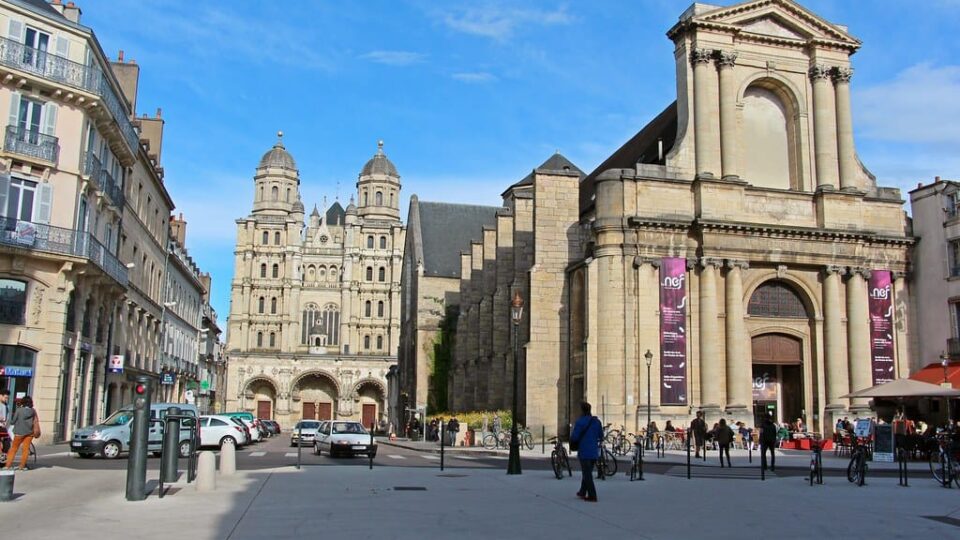What is Dijon Famous For?
In the 1300s and 1400s, the capital of the Duchy of Burgundy was Dijon which managed a chunk of eastern France, Flanders, the Netherlands, and Luxembourg. The Dukes of Burgundy’s luxury home still stands today and is a magnificent museum.
In the old center that is stylish, you will enjoy yourself as you discover the city’s history with the Parcours de la Chouette trail, which tags about 22 sights with Dijon’s legendary owl motif. Being in the Burgundy region, the cuisine is fantastic and not too strange: think coq au vin, beef bourguignon, onion soup, and add to the set one of the best wines in France.
Here Are a Few Things Dijon is Famous for:
Ducal Palace
Now serving as the town hall, at Place de Libération is the 1300s and 1400s home of the Dukes of Burgundy. In the case that it fails to look like it is anything from this era, it is because the city has been using the building since then, and in the 1600s, Jules Hardouin-Mansart extended it. Place de la Libération was also designed by him, and if you check between both classical porticoes, you will sight the Tower of Philip the Good jutting up. This is the building’s oldest part and can be seen from the square. It dates back to the 1450s. To have the ultimate view of Dijon, then climb over 300 steps.
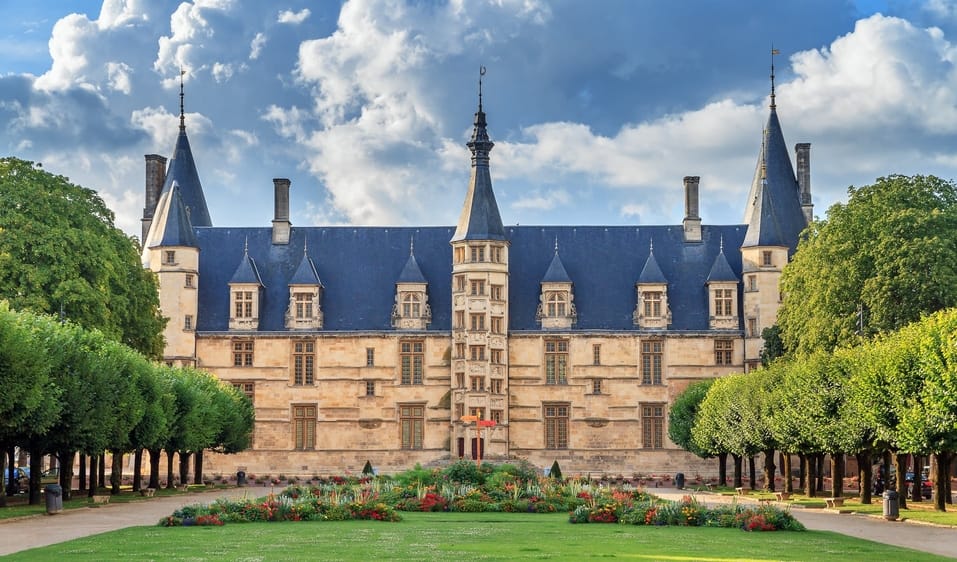
>>Also Read: Is Dijon France Worth Visiting?
Musée des Beaux-Arts
Also in the Ducal Palace is the city’s Fine Arts Museum, which was established in 1787 and carries the Dukes of Burgundy’s opulence and wealth. This is more seen in the tombs of Philip the Bold and John the Fearless, with their Renaissance alabaster sculptures. Over time, several wealthy benefactors have donated their private collections to Musée des Beaux-Arts so you can see Islamic glassware and weapons, African ceremonial masks, Oriental porcelain, Roman art from Germany and Switzerland, and ancient Egyptian antiques. At the galleries in the supreme painting, you will mull over old masters like Lorenzo Lotto, Titian, Bruegel the Elder, and Rubens, as well as the 1800s art from Manet, Monet, Géricault, and Sisley.
Parcours de la Chouette
Sculpted in the 16th-century, Dijon’s symbolic owl is on the north side of the Church of Notre-Dame. For centuries, people have been touching the stone to make a wish or for good luck. You are supposed to do this with your left hand when you visit here, or else your wish might not come true. With each sight tagged by a brass way marker with the fine owl motif, the bird inspired a 22-stop tour around the historic center.
From the tourist office, secure a trail guide and walk for about an hour; perfect for a whirlwind tour of Dijon. Exploring a new place alone can be fun and exciting. Even better, stumbling on surprises makes them harder to forget. So go at your own pace at your own convenience and make it a relaxing afternoon calling in at stalls and stopping by café terraces on the way. Rousseau, Moses, and Zola are the three loops within the trail.
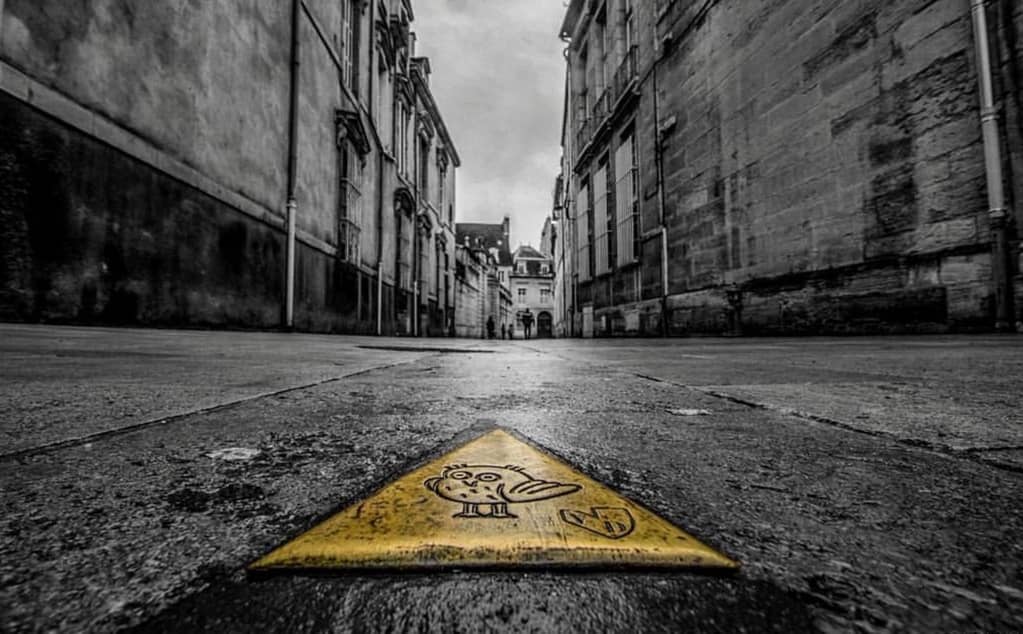
Musée de la Vie Bourguignonne
With an adorable home in the priory of a 1600s Bernardine Cistercian monastery, Musée de la Vie Bourguignonne presents the city and rural life from the 18th-century to the turn of the 20th-century in Burgundy.
There is a plain ethnographic collection from the 1800s on the ground floor, with furniture, regional costume, decorations, and household tools. With the addition of ten tableaus depicting local trades in Burgundy, the first floor is livelier. There are also grocers, hatters, barbers, butchers, and the original tools they worked with in the 19th and 20th-centuries.

Rue des Forges
This place is in Dijon’s conservation area and is both popular for artery shopping. Visiting Rue des Forges will be a way to appreciate the city’s most captivating old buildings. Mansions owned by the city’s residents throughout its history are situated between the chic boutiques. As an example, there is Hôtel Morel-Sauvegrain at 52-56, that used to be the home of Charles the Bold’s nurse. Charles was Burgundy’s former Duke.
The major attraction here is at 34-36 at Hôtel Chambellan, where guests can go through the embellished gate to the courtyard to see a stone spiral staircase and a fascinating carved wooden gallery that dates back to many centuries ago.
Musée Magnin
From the end of the 19th-century to the 1930s, Maurice Magnin was the richest Parisian magistrate, and Jeanne, his sister stock up about 2000 pieces of art which they left behind to the city, along with their 1600s hôtel particulier. For decades, they bought art they loved- whether it was popular or not. So guests have a great store of paintings by lesser popular French, Italian, and Flemish artists to see. At the center is a well-explained exhibition of the French school from the 16th-century to the 19th-century, distinct for its works from the 17th-century by Laurent de la Hyre, Bourdon, and Eustache Le Seur.
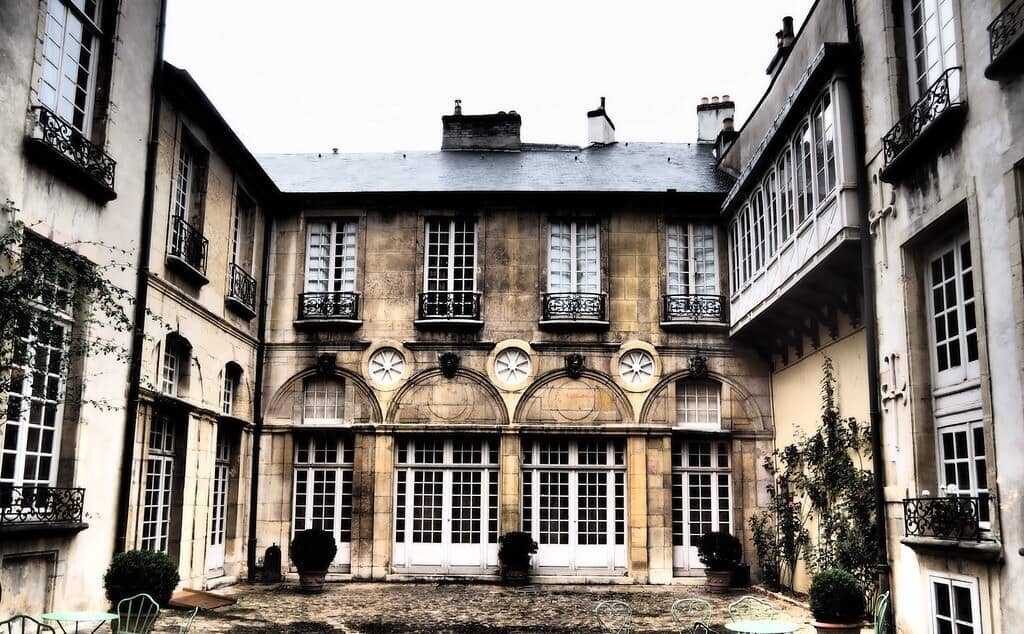
Church of Notre Dame
In the old center town, this 1200s gothic church bears a design that looks like a few in the country. With a king-size porch consisting of three arches on the lower level, the flat western façade is the most quirky of them.
Right on the double level on top are rows of columns, each one circuited by a long line of gargoyles depicting animals, monsters, and humans. Take a step back from the western entrance, and you can recognize the jacquemart in the tower on top. In the 1380s, the clockwork automatons that toll the church’s bell was stolen by Philip the Bold from the city of Kortrijk.
Jardin Botanique de l’Arquebuse
In the centuries up to the late 18th-century, the Arquebusiers were a group of soldiers that lived and trained here. Then, their last captain made an English-style garden. In the early 1800s, the site was converted into a botanic garden, and today it houses over 4,000 plant species. The aim is to present to guests all the plants that are native to the region, even though about a quarter of the species are from other parts of the globe.
Museum d’Histoire Naturelle
Situated in the Jardin des Sciences, this museum is in Arquebusiers’ old barracks that dates to 1608. Established in 1838 by a Dijon naturalist, Leonard Nodot, Museum d’Histoire Naturelle has been one of the places to learn about natural history in the city.
Relating to the geology of the region, the ground floor has some interesting fossils, like a leg bone from a mastodon, several antlers of an extinct Irish megaceros deer, and many molluscs. In addition, the upper floor blends new interactive exhibits about the natural world with a type of 1800s catalog that has taxidermies, shells, and butterfly collections, displaying what Museum d’Histoire Naturelle might have looked like in the 19th-century.
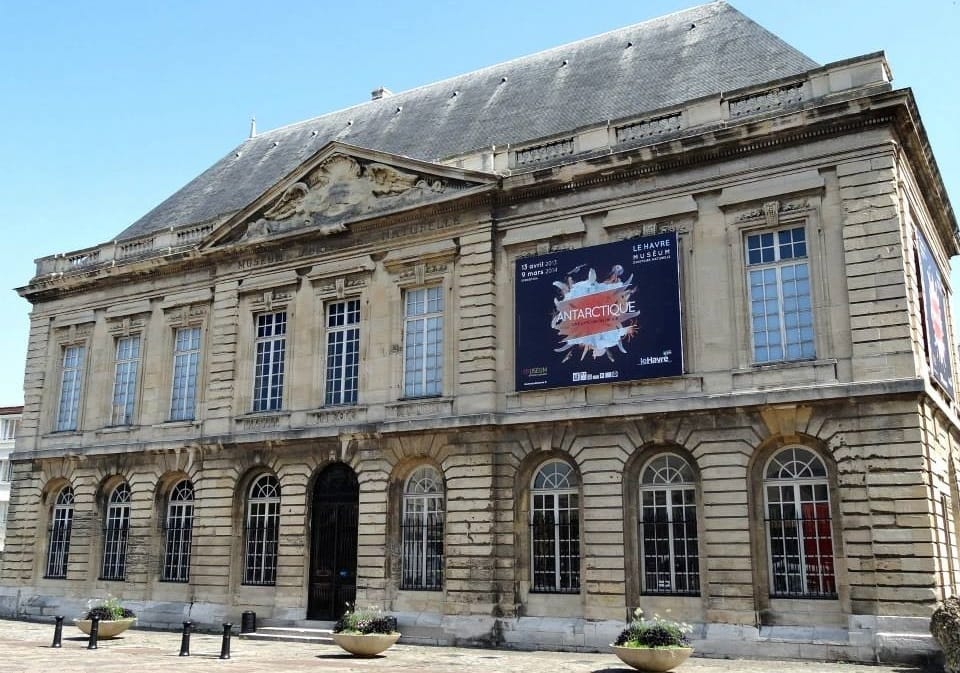
>>Also Read: Is Dijon Safe?
Dijon Cathedral
The construction of the city’s gothic cathedral was completed in the 1400s, but it has several architectures that are many centuries older. Before stepping inside, the highlight here is the incredible regional patterned roof. The entry fee into the cathedral’s crypt is affordable as you enter the church’s oldest part. This is from the 11th-century and was the abbey’s underground section built to protect the tomb of Saint Benignus. The idea of the design was to look like Jerusalem’s Church of the Holy Sepulcher.
Musée Archéologique de Dijon
Close to the cathedral is the city’s archaeology museum located in the former abbey’s wing. It enjoys the celebrated “Musée de France” title and focuses on human activity in the region from prehistory to the middle ages. Owing to its nice setting, Christian architecture and art dominate the exhibition, so visitors can stroll around the 1200s Monks’ dormitory and enter the crypt’s dark tunnels. The Bronze Age Treasure of Blanot is on level two, which is a group of gold and bronze jewelry as well as tableware. Check out the Rochepot bracelet also. It weighs 1.3 kg and is made of solid gold.
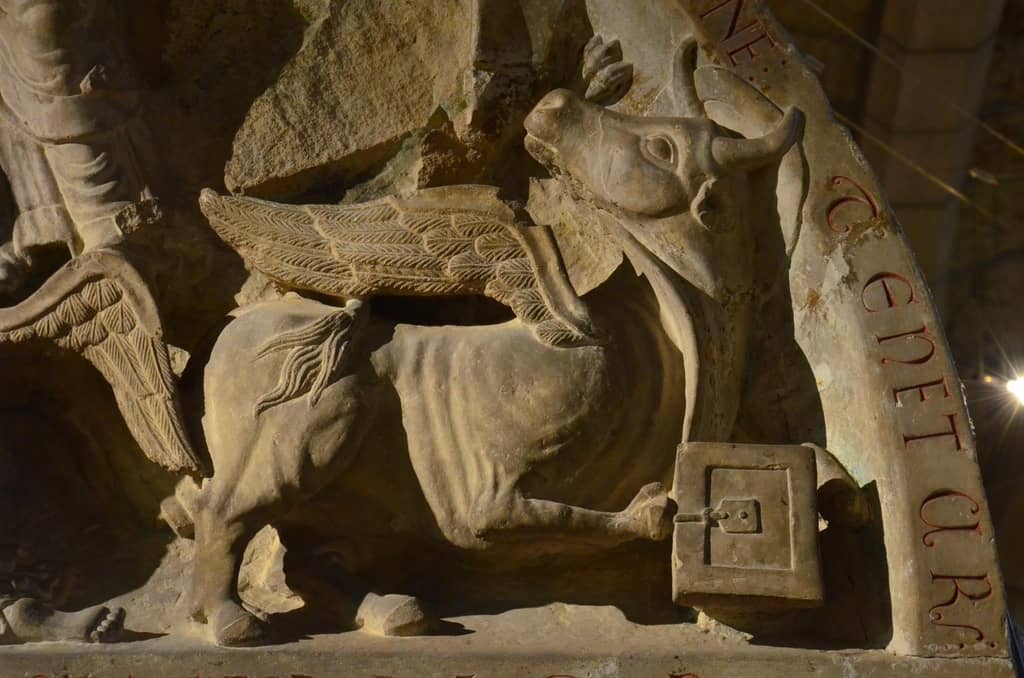
Cuisine
Several French staples originated from around the city, but I will mention only a few. There is the chicken and wine stew (Coq au Vin) that is popular. Onion soup with melted saint-Nectaire cheese and slices of baguette is also popular. In Beef bourguignon- the traditional; braised beef meal, wine is important. To treat yourself further to some more culinary goodness, head over to Multot & Petitjean on Hôtel Catin de Richemont at 15 Rue Bossuet. This place is Dijon’s oldest spiced cake bakery.
Final Thoughts
Dijon is a UNESCO-listed town with a historic center that features classy mansions of the region’s Dukes and well-preserved aristocratic palaces. Getting there, you will fully grasp why the city is called the “City of Dukes”. From the featured famous things about Dijon, we have provided ideas on some things to see and do that can be added to your Dijon itinerary.
